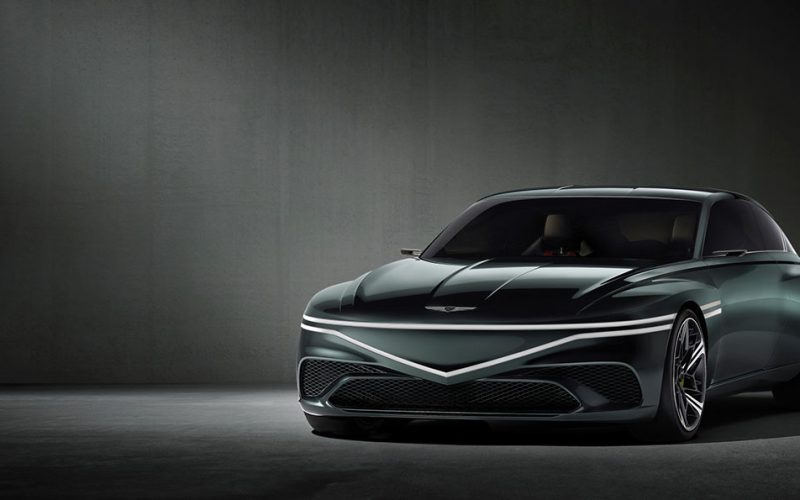
Reading Time: 3 minutesWith the world’s automotive sector quickly transitioning from internal combustion engines and interim hybrid-electric models to
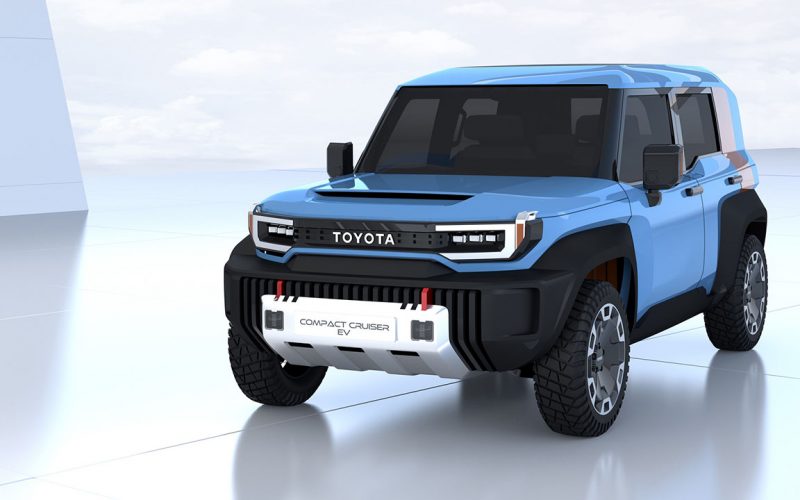
Reading Time: 5 minutesLet’s get this right out in the open: Toyota needs to build a production version of
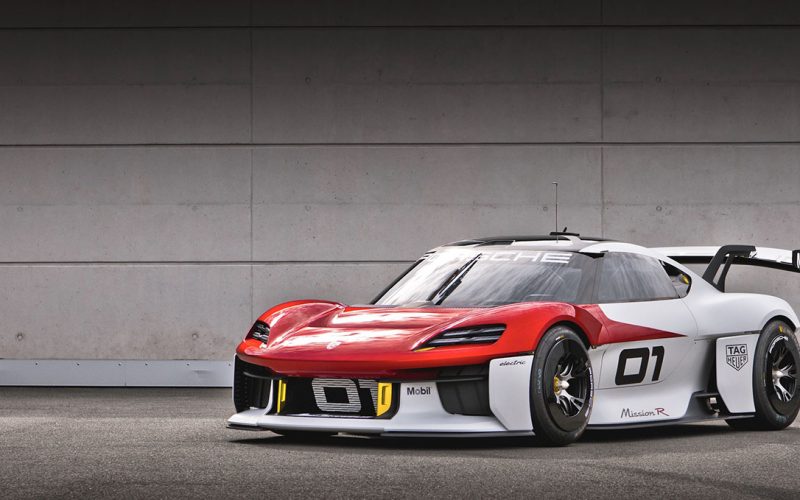
Reading Time: 6 minutesWith an automotive world shifting away from gasoline- and diesel-powered internal combustion engines, and toward battery
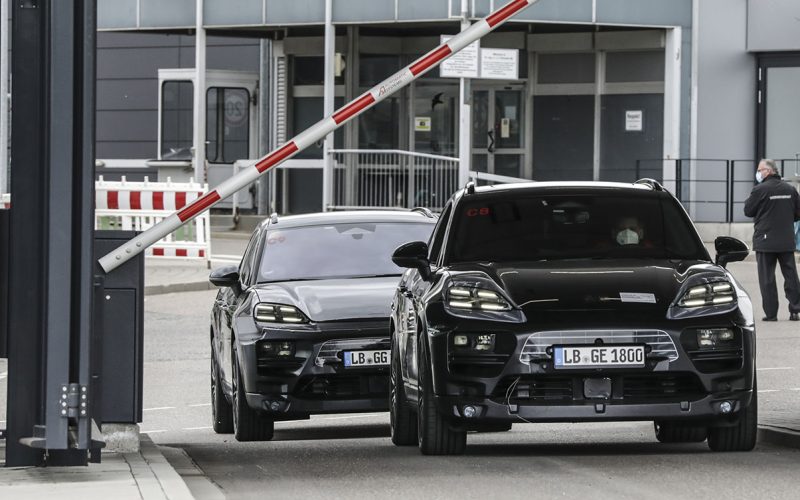
Reading Time: 6 minutesAfter Porsche’s intelligent choice to enter the electric vehicle market with a practical four-door coupe, and

Reading Time: 3 minutesHonda Canada’s Civic sales have been crashing recently, down more than 20 percent throughout Q1 of

Reading Time: 8 minutesEvery car enthusiast loves a good concept, and sometimes a barrage of really intriguing show cars
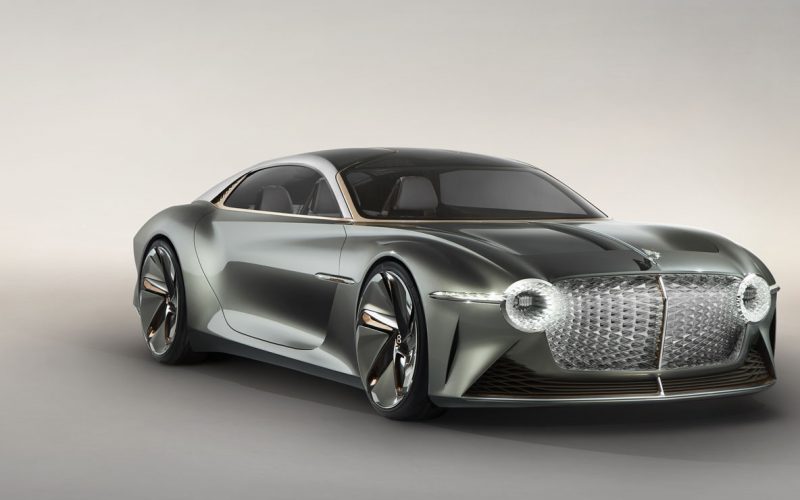
Reading Time: 6 minutesBentley only just launched its third-generation Continental GT, and now they’ve got us thinking about what

Reading Time: 5 minutesPorsche is now a septuagenarian, with Ferry Porsche, the well-schooled son of the already acclaimed engineer,
© 2025 The Car Magazine. All Rights Reserved, Privacy Policy | Terms of Use